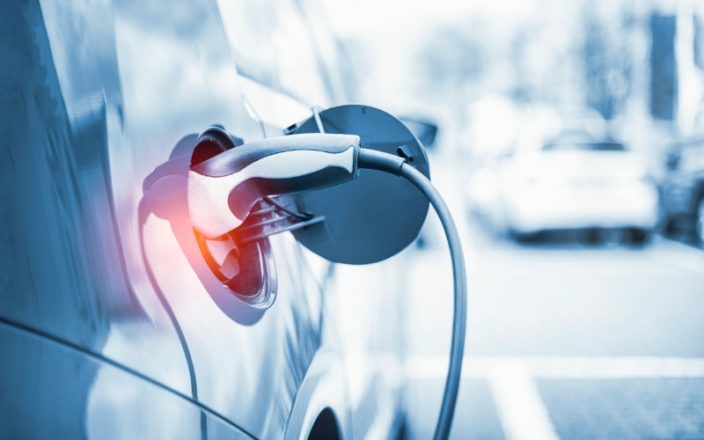What’s behind the super battery for e-cars?
A cooperation between the German Frauenhofer Institutes and The Netherlands Organisation has produced a new technology. It’s a battery for electric cars.
Its technology is called “Spatial Atom Layer Deposition” (SALD). The range is between 1,000 and 2,000 kilometres.
The market establishment of the super battery
The development of this technology is already so far advanced that the first steps towards mass production have already been taken. The company SALD BV, founded for this purpose, is based in Eindhoven, the Netherlands, and has already received numerous enquiries from investors.
The super battery offers several advantages. On the one hand, the process is patented. This means that extremely thin coatings can be applied during mass production.
The advantage here is within reach. This is three times as high as with previous batteries, but differs only slightly in size.
On the other hand, these batteries can be charged to 80 percent within 10 minutes and fully charged within 20 minutes.
According to Frank Verhage, CEO of SALD BV, the first cars with this battery technology will be established on the market in 2022.
SALD-batteries as a further development of lithium technology
The SALD-batteries have a nano-coating. This creates the so-called “Artificial Solid-Electrolyte Interphase” (A-SEI), which is the reason for the high performance. In addition, this technology increases charging speeds, durability and safety.
Furthermore, this technology is compatible with all existing solid state batteries available on the market.
Frank Verhage already expects a lot from the first version: “E-cars [drive] either with smaller batteries far more than 1000 kilometres or with larger battery packs even more than 2000 kilometres in the future without recharging”.
These forecasts refer to everyday driving styles. For example, the battery should still be charged to about a quarter of its capacity after 1,000 kilometres even when driving in a sporty manner.
However, this technology is not only aimed at e-cars, but also at devices such as smartphones, tablets and notebooks. According to the researchers, a smartphone battery could then only need to be charged once a week.
Source cover image: iStock / MF3d




